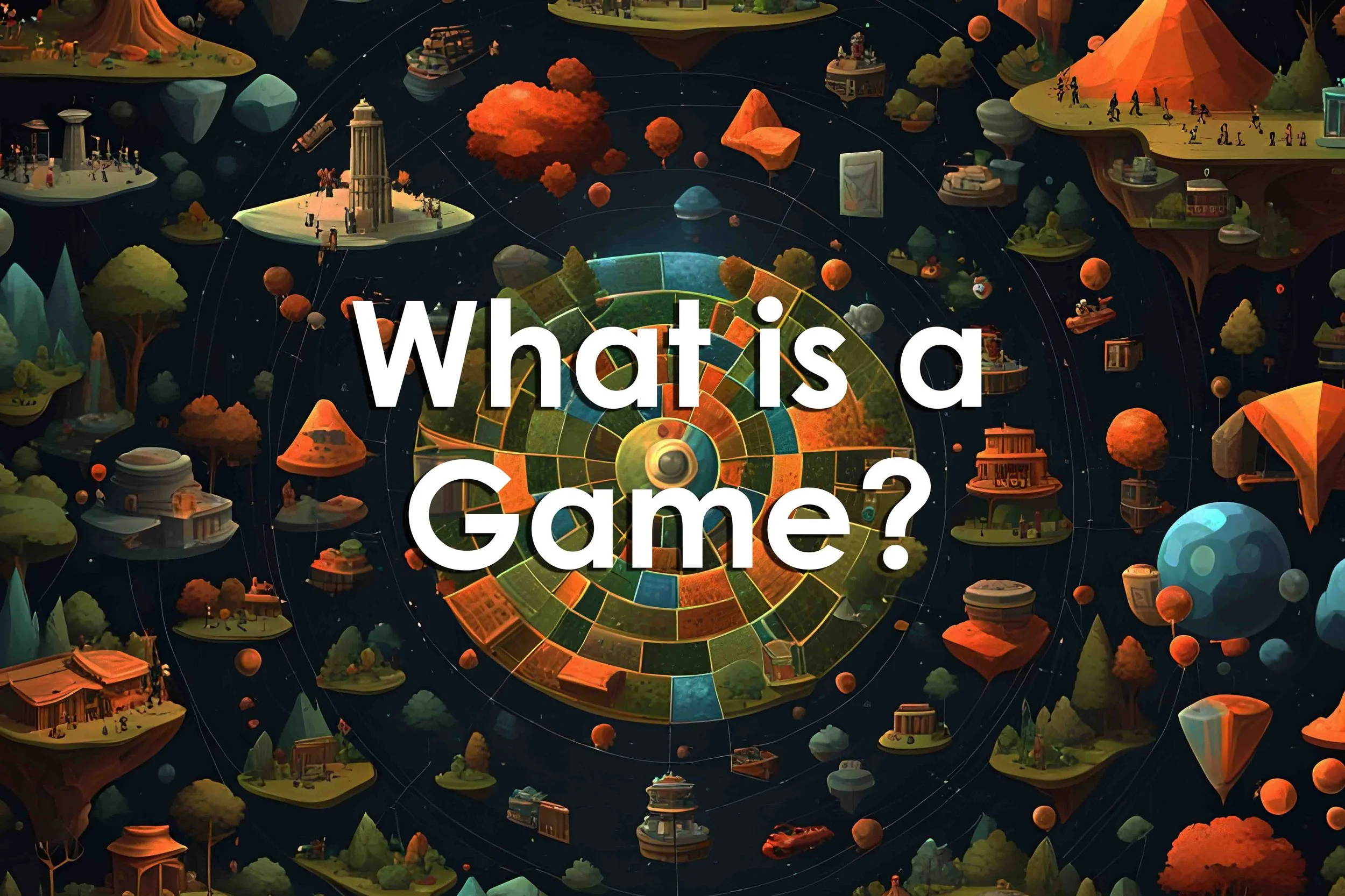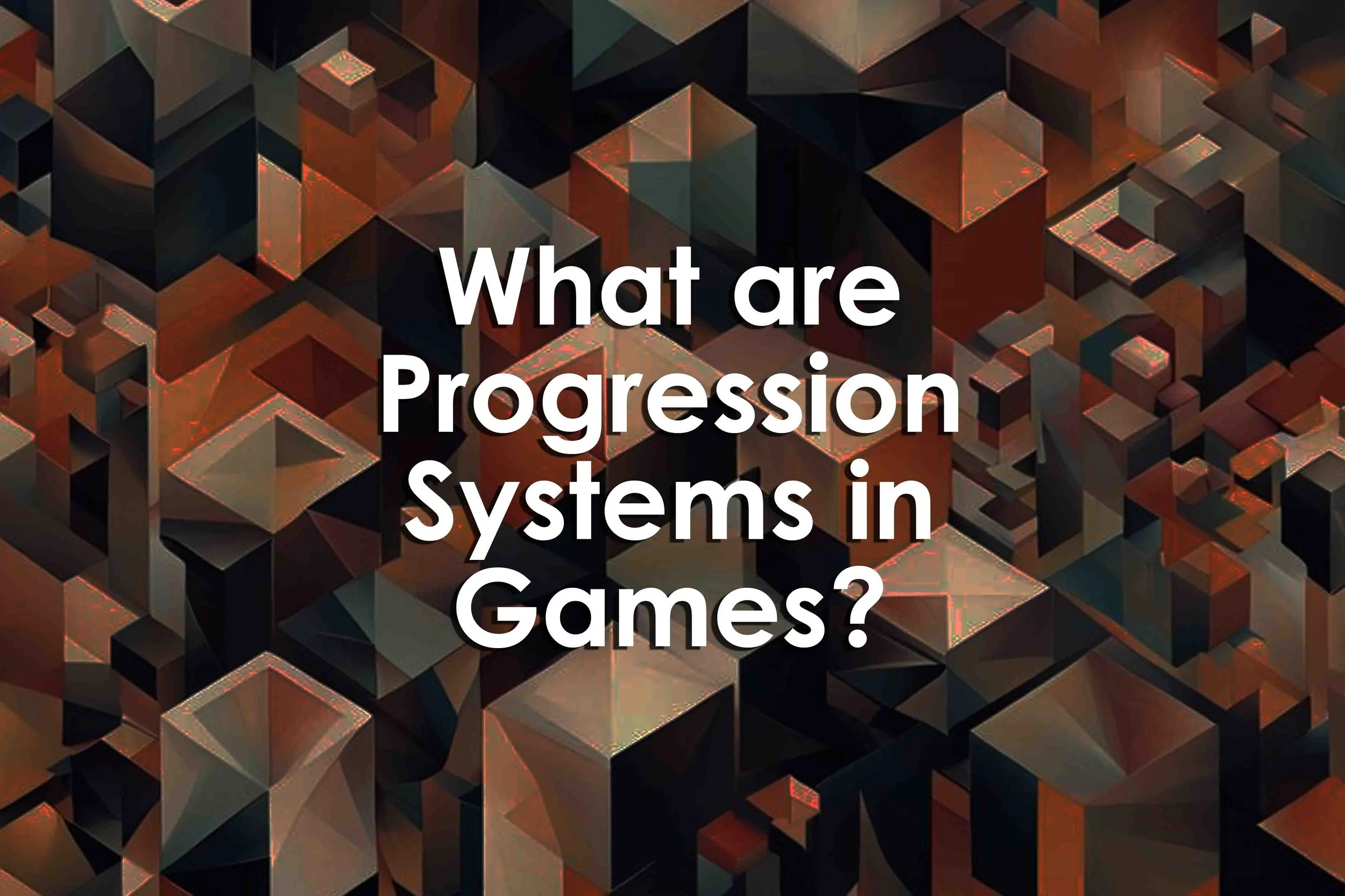Military simulations replicate real-world combat scenarios to train, test strategies, and improve decision-making. This article explores their history, types, benefits, limitations, and future trends, including AI, VR, and AR integration. Learn how military simulations enhance training, strategy, and readiness for both professional and recreational applications.
Read MoreEscape rooms—originating from video games—blend storytelling and teamwork into puzzle-solving adventures. This article explores using them in education: designing them around learning outcomes, fostering collaboration, enhancing engagement, and applying knowledge actively. It also examines escape boxes, digital variants, practical challenges, and the overall impact on student learning experiences.
Read MoreThis article will examine the concept of “hostile players” in games. Hostility will be analyzed through four different lenses including cynicism, antagonism, griefing, and toxicity in gameplay.
Read MoreThis article explores role-playing games (RPGs), defining them as experiences where players embody characters in fictional worlds shaped by narrative, mechanics, and agency. It covers their origins in tabletop games like Dungeons & Dragons, their evolution into digital forms, and the core elements that define RPGs across platforms. The piece also highlights the psychological, social, and educational benefits of RPGs, including their use in therapy, identity exploration, and games-based learning through collaborative storytelling and character-driven gameplay.
Read MoreThis article will discuss two formative issues with game design: constraints and scope creep. While separate articles and books could address both topics, this article will discuss them as a singular issue as constraints in the design process can often mitigate the scope creep of game design projects.
Read MoreThe article examines core dynamics in game design, emphasizing their impact on player experiences. Using the Mechanics-Dynamics-Aesthetics (MDA) framework, it defines mechanics as gameplay's foundation and dynamics as behaviors emerging from interactions. Core dynamics, such as racing, collection, and exploration, unify mechanics with aesthetics to engage players and achieve goals.
Read MoreThis article explores the classification of games into competitive, cooperative, and hybrid types, analyzing their structures, goals, and social impacts. It discusses challenges in categorization, the history and applications of each type, and how games can enhance teaching, learning, and social-emotional development through tailored design and player engagement.
Read MoreThis article will explore the aspects of games as mediums for interactions. It’ll examine games as constructs for occupying a particular space and how players interact with it. Games will also be explored as pieces of art and how they influence narrative aspects such as stories. Often, the interactive elements of games are shaped by their genre and themes. This will be discussed in addition to how games are often structured as a means for social interactions. This kind of structure can serve as a means of establishing socially normative activities between and amongst players.
Read MoreThis article will examine how that can be achieved though diligent focus and purposeful design. It’ll first cover the structure and use of learning objectives and outcomes for instructional design and learning experiences. These will then be compared to games-based learning and the use of games as the medium for learning.
Read MoreThis article will address how to develop, adapt, and apply existing and new games for these purposes. It’ll first cover the overall applications of games-based learning and then cover examples on how formal game elements and different criteria can be used to meet these learning outcomes. Specific types of games, formats, and modalities will be explored as well as how their specific characteristics benefit applied games-based learning. Furthermore, specific steps for how to prepare to use and design games for learning outcomes will be discussed.
Read MoreThis article will define educational games. It’ll explore why we should consider using educational games for teaching and learning as well as explore the evolution of educational games over time. Specific disciplines and how they are addressed by educational games will be discussed as well as different types of educational games. Engagement and efficacy of educational games will be covered as well as how they are interpreted by players through the player experience.
Read MoreOne of the hardest and most difficult questions that can be asked about games is what they are and how they are defined. The answers, responses, and philosophies regarding these big questions are as diverse and varied as those who have sought to define them. Therefore, this article will attempt another take on defining games and discussing their meaning and interaction for the people that play, define, apply, and share them.
Read MoreThis article will explore the player journey. It’ll start by defining this term and outline reasons for its importance. The player experience is an important aspect of the player journey. Therefore, it’ll be examined in depth as it relates to individual motivations and how they affect both goals and achievements during the player journey.
Read MoreThis article will examine progression systems in games closely. It’ll start by defining these systems and why they are so important. Different types of progression systems will be covered as well as how common features of progression systems are present in games. The core loop, as well as goals and objectives of games are tightly connected to progression systems. Therefore, these disparate areas will be connected and related to how different examples of progression systems use them in concert with one another.
Read MoreThis article will define what we mean by “game state” from multiple different perspectives. It will discuss different characteristics and types of game states and the roles that they play for commercial and applied games. Game states often are tightly related to the game rules and mechanics. These two aspects will be discussed in depth in addition to other “tangible” elements of games play such as game objects, movement, and environmental states.
Read MoreThis article will define player engagement and relate it to its roots in understanding player motivation. Player engagement has most to do with the amount of time that players engage with the game and how their investment best relates to the player experience. That player’s experience is informed by multiple sources. They include interaction and how players augment the game; how players receive and interpret feedback, and how challenges and difficulty are scaffolded and presented to players through games and games-based learning.
Read MoreWe don’t often think about when we first started playing games. Or really the “first” game that we ever played. Most players are preoccupied with the game that they are playing “now” or the game that they will play next. Yet, we don’t stop to think about what we already know about games and how we’ve applied that to learning and experiencing new games.
Read MoreThis article will first define choice architecture as well as discuss its relationship between how choices are structured and its impact on consumers (users, learners, and players). The underlying philosophies of choice architecture will be explained as well as how they inform choice structure.
Read MoreThis article discusses games as liminal spaces. But prior to diving into that, it will first define “liminality” as well as provide some of the most critical characteristics of liminal spaces. Liminality will be reviewed from multiple disciplines as well as situate the term in relation to transformation and transition. Liminality can be experienced in multiple different modalities and in different places and stages. Therefore, this article will examine liminal experiences in physical spaces as well as non-physical ones.
Read MoreThis article will define tactics and strategy and then compare the two in both structure and application. Both tactics and strategy have a specific and special relationship with one another. This relationship often defines the philosophic considerations of what exactly goes into tactical and strategic decision making. This relationship will be explored through several different examples of tactics across different domains.
Read More



















